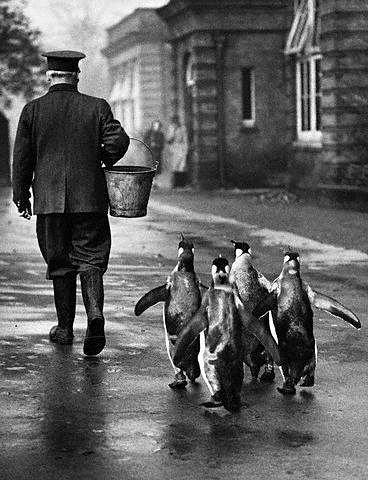|
Building the Skill of Empathy
The challenge: Students at the kindergarten and first grade level may not be cognitively developed enough to think outside of themselves. Children this age are often self centered but still need opportunities to think about others and through other people's eyes in order to grow socially. Solving problems for other people, not for ourselves, is especially hard at this age.(Well, let's be honest, solving problems for ourselves is hard at this age too!) Ideas: Design for a family member Have students create and design for someone in their home. They know this person very well already and can access the user easily in order to solicit feedback. One of our most successful kindergarten design projects was designing a coffee cup for mother's day. Students interviewed their mother, created a prototype and went through many feedback rounds of taking their prototypes home in order to redesign the next day. Designing for someone they knew very well helped our students access the tough skill of empathy. Examine closely AND from far away Blend Next Generation science standards with design thinking by studying things closely...and on a systems level. Go on a bug hunt to notice bugs and their surroundings. What might be some challenges they have to endure? What adaptations have the insect species already designed to solve challenges? How does the environment affect the insect? Observing nature on a micro and macro level will help students build their observation skills for a more complex challenge- people. Analyze a character together The new focus on close reading can also help students build empathy. While reading aloud, focus on specific words that give clues to understanding the character and his/her life. Building leprechaun traps, a classic project typically competed by many elementary teachers, can start with a close study of leprechauns. Students use the information they gathered to build uniquely designed traps. Storybooks such as The Leprechaun's Gold by Pamela Duncan Edwards and The Luckiest Leprechaun: A Tail-Wagging Tale of Friendship by Justine Korman are two that I happen to use. Use a photo Show students an interesting picture such as the ones below and discuss as a whole group. Ask questions such as: Who might this person be? What might he/she be thinking or doing? What problems might this person/animal have? What needs might they have? What might make things better for them? Also, help students see different view points by discussing the different needs and motivations for various subjects in the photo. For example, the needs and opportunities of the man below are very different than the penguins' needs! Finally, encourage students to push past the obvious. In the puppy picture, the puppy obviously wants the cookie but what other opportunities are presented? Is he hungry or bored? Does he need a way to reach the food? A way to behave? Does the missing owner have a need? Would he or she want the dog to have the cookie? If yes, what design opportunities are presented? Dig deep into empathy! Don't stop at the obvious. -Mindy |
Mindy AhrensTeacher Judy CaraangLearning Facilitator ArchivesCategories |


 RSS Feed
RSS Feed
